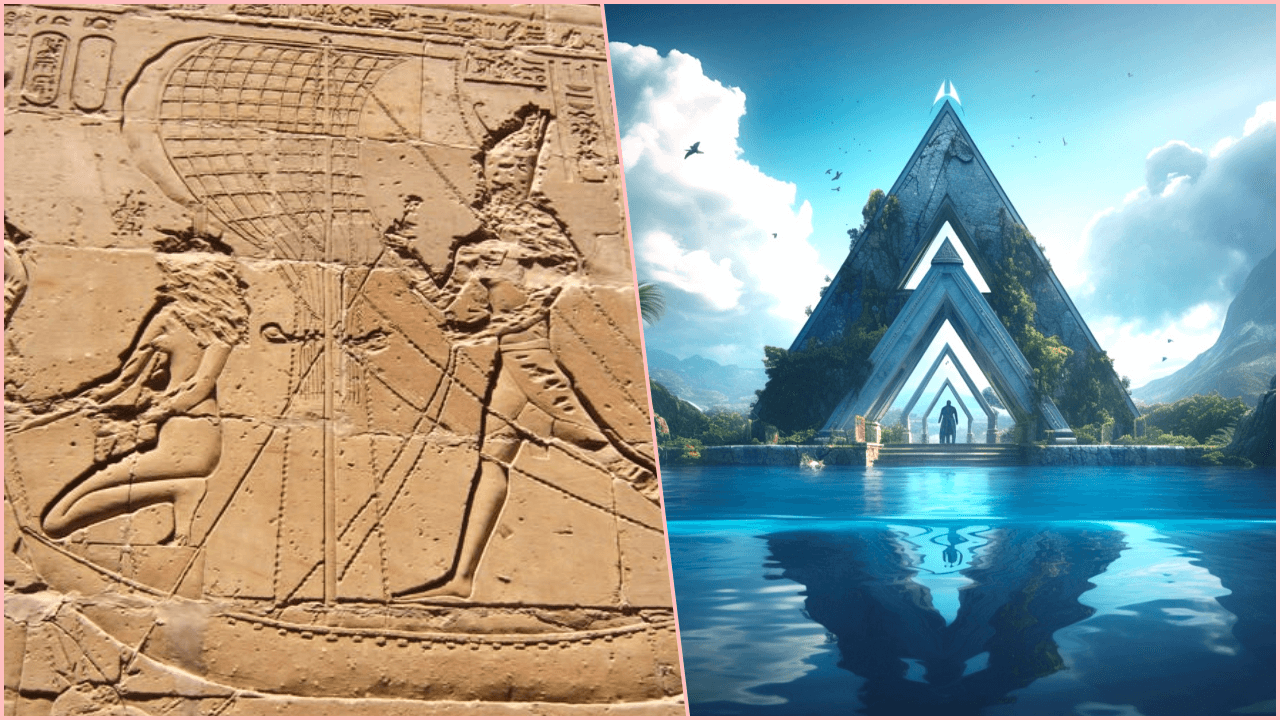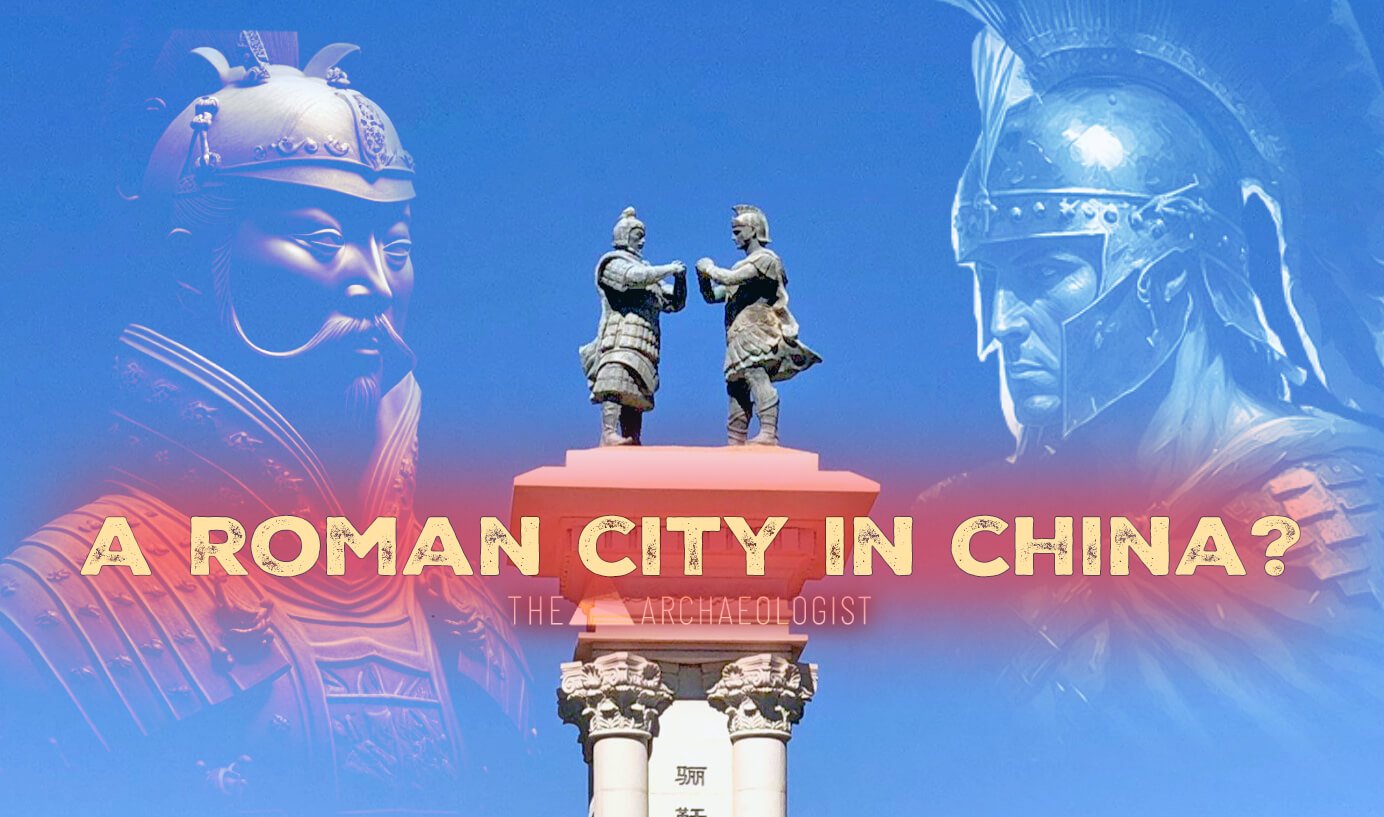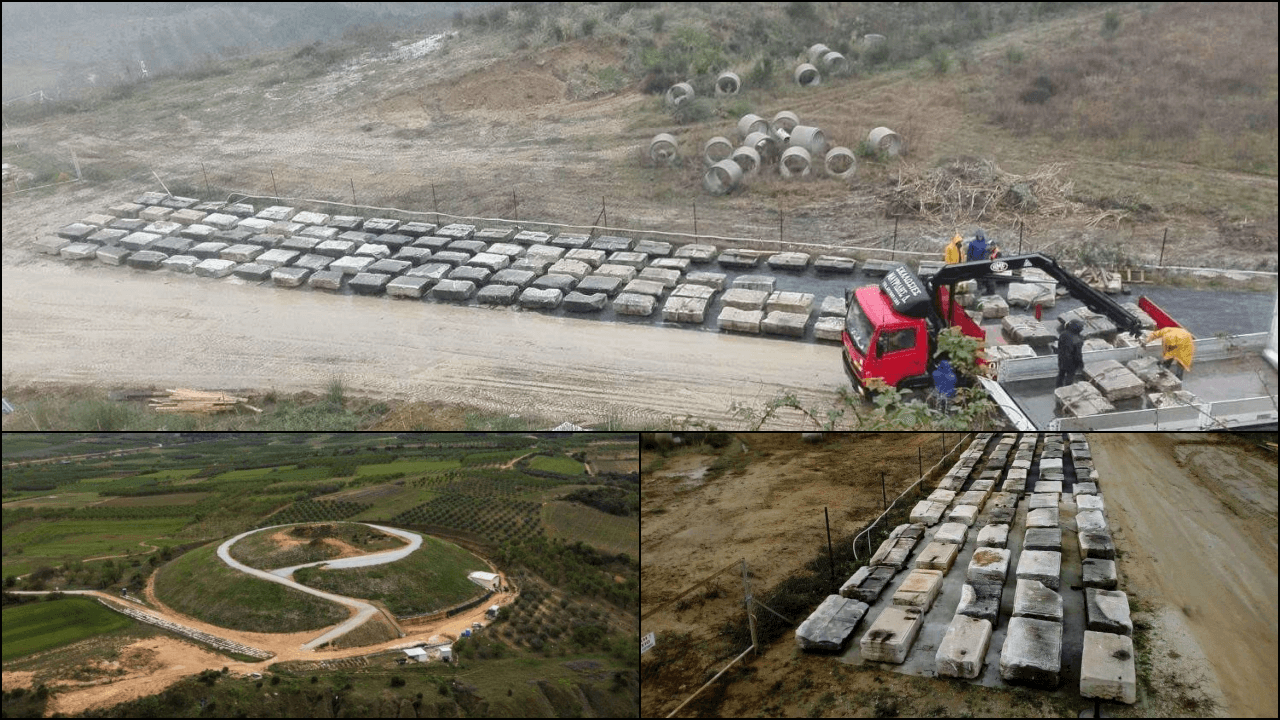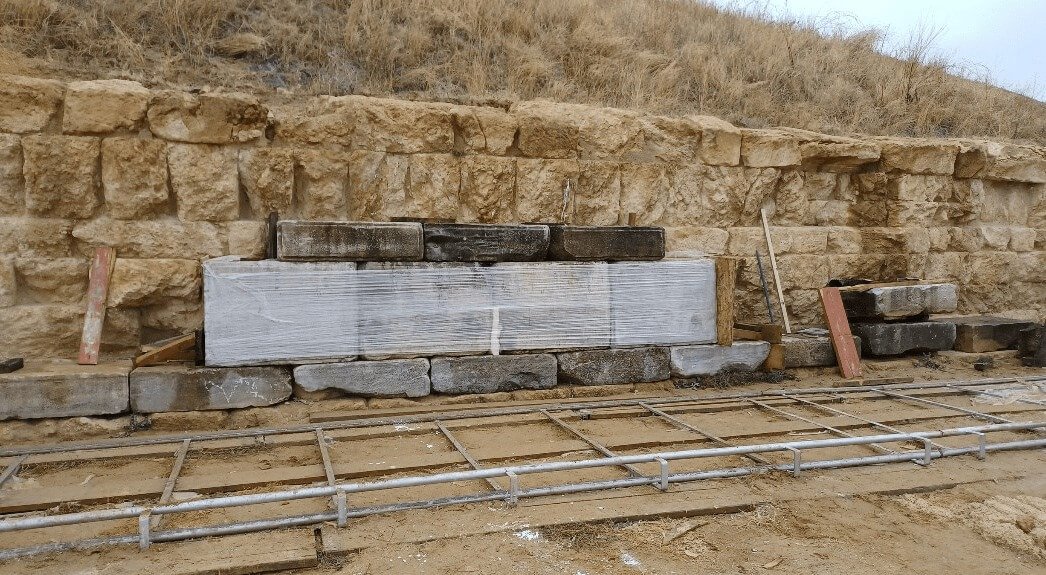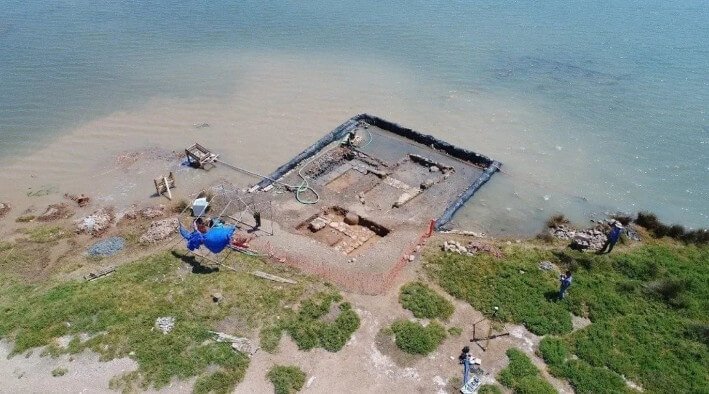Archaeologists in southwestern Spain have made a groundbreaking discovery that challenges long-held beliefs about prehistoric societies in Europe. A remarkably well-preserved prehistoric monument, known as a stela, was unearthed in the necropolis of Las Capellanías, located in the town of Cañaveral de León. This extraordinary find is described as "very rare" and has the potential to revolutionize our understanding of ancient cultures from approximately 3,000 years ago.
Stelae are carefully carved stone slabs designed to stand vertically and are often adorned with intricate decorations or inscriptions. In the Iberian Peninsula, where Spain and Portugal are now situated, about 300 such artifacts, including similar monuments called statue-menhirs, have been found. These stelae were crafted between 1250 and 700 B.C., marking the transition from the Late Bronze Age to the early Iron Age in the region. Previously, these stelae were thought to serve as monuments to commemorate important individuals within the community.
Archaeologist Marta Díaz-Guardamino, who is associated with Durham University in the U.K., noted that researchers had identified two main types of figures represented on Iberian stelae from this period. The first type, often referred to as the "warrior" figure, was thought to depict males due to the presence of weaponry, despite the fact that only a few displayed unmistakable male characteristics. The second type of figure was identified by headdresses and frequently featured depictions of necklaces, leading to the assumption that they represented females, even though few exhibited distinct female traits. The actual use and significance of these prehistoric stelae remained largely enigmatic and a subject of intense debate among archaeologists.
The recent discovery of a stela at Las Capellanías has not only added to the overall understanding of these monuments but also challenged conventional interpretations. This stela was found within the context of a circular cremation structure, making it the third such monument to be discovered at the site. This context provides an invaluable opportunity to better grasp how these monuments were used and their importance in late Bronze Age and early Iron Age societies.
The unique aspect of this latest stela lies in its artistic representation. It features a human figure with a headdress, a necklace, and two swords, along with detailed facial features, hands, feet, and male genitals. This unexpected combination of traits from both the "warrior" and "headdress" figures suggests that these social roles were not confined to specific genders but were more fluid than previously thought. This discovery underscores the complexity of prehistoric societies and challenges simplistic, modern conceptions of gender.
Decorated stelae from the period 1250 to 700 B.C. are already considered rare in Europe, but the Las Capellanías find is exceptional not only for its rarity but also for the way it defies traditional categorizations. It is the first stela to combine features of both "warrior" and "headdress" figures, and it was discovered within its original context.
The Las Capellanías necropolis is believed to have been in use from the 9th to the 6th century B.C., although further investigation is required to confirm these dates through radiocarbon dating techniques. The site has already yielded several graves containing human cremations and an array of unique grave goods, which are currently under analysis. These findings are expected to provide insights into the temporal and geographical aspects of the necropolis, as well as information about the individuals interred there.
Determining the precise age of stelae is a challenging endeavor, primarily because rock carvings cannot be dated scientifically, and these monuments may have been used repeatedly. Nevertheless, based on the nature of the decorations and the context, researchers have tentatively dated the latest stela from Las Capellanas to the ninth to seventh centuries B.C., subject to confirmation by radiocarbon dating efforts at the site.
This remarkable discovery at Las Capellanas not only sheds light on the enigmatic world of prehistoric societies but also underscores the need to continually question our assumptions about the past. As archaeologists continue to unearth secrets buried beneath the sands of time, our understanding of history and culture continues to evolve.













